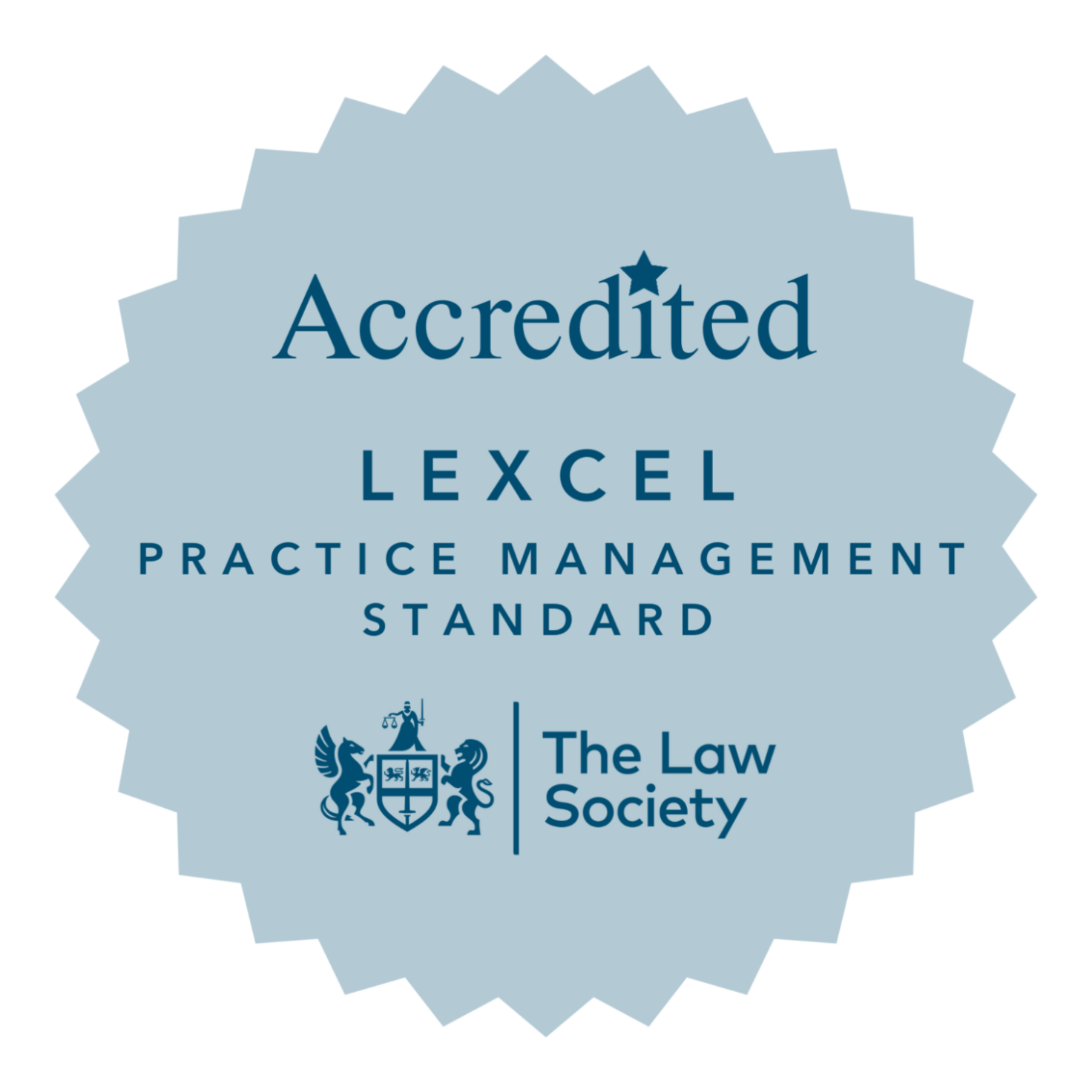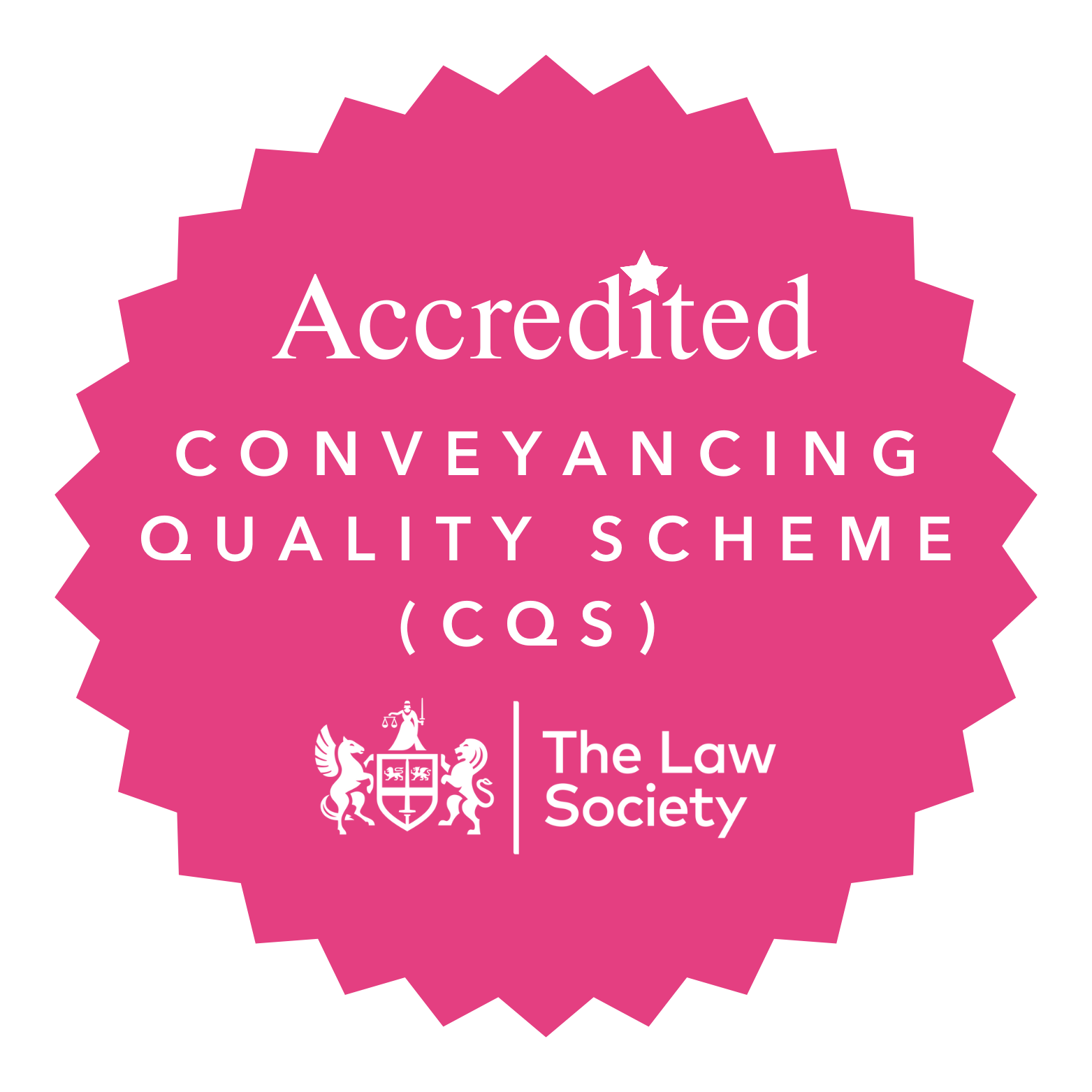The divorce or separation alone does not mean that you and your Spouse are also financially separated from one another.
During the course of your marriage or civil partnership, you will both likely have accrued some financial assets. This can include the Family Home, Joint bank accounts, household items, pensions etc which you understood were to be shared between you. You both may have made varying contributions to obtaining these assets. There may also be significant liabilities which need to be taken into account. In addition to joint assets, you may each have financial assets in your own name.
Upon separation, the joint assets should now be distributed between you both, to ensure that you are both able to move forwards with financial independence from one another, or if required, ensure you are appropriately financially maintained by your to-be Ex-Spouse.
Both parties are under an obligation to make full and frank financial disclosure to one another, detailing their respective financial situation; this can either by voluntarily, or by way of court proceedings.
Parties are encouraged to resolve matters amicably as best possible. This involves voluntarily exchanging financial information, in order to avoid the costly and emotionally challenging court process.
This information would usually be disclosed via a document called a Form E which has various supporting documents as evidence.
Having considered the information available, it would then be open to the parties to agree the form of a settlement, and, thereafter, file the application at court for a financial order by consent, in order to achieve the effect of the settlement becoming binding on both parties.
It is important to remember that when exchanging disclosure voluntarily, i.e. not via the Court arena, there is no obligation on your Spouse to provide everything and so it may be that they refuses to provide certain information.
The Form E is essentially the framework upon which your respective cases for financial remedy are built upon. It must be completed as fully and accurately as possible, to minimise any issues between the parties or accusations that one party is attempting to conceal assets.
If it is apparent to you that your Spouse has failed to include an account where there are some savings on their Form E, or there is any other information you do not consider to be accurate, you should notify your solicitor as soon as possible.
A questionnaire is then prepared seeking clarification of all issues within your Spouse’s financial disclosure. They should respond to this, alongside this, providing any updated documentation requested such as bank statements.
If they have any issues or queries in respect of your Form E, a questionnaire will be sent from them, which you must respond to.
You are both then in a fully informed position as to each other’s respective financial situation, and negotiations can now follow in respect of the financial settlement between you.
It is important to note that both parties have an ongoing duty to provide financial disclosure throughout their matter and any changes should be notified to the other party.
If agreement cannot be reached as to final settlement, or if it was felt that negotiation would be futile and would drain too much time and costs, it would then be open to either party to issue proceedings for financial relief by making an application to court.
There are other alternatives to issuing court proceedings which can be considered, such as mediation or arbitration. It is important to obtain legal advice to consider whether these options may be more appropriate for your matter.
There are usually 3 hearings in financial relief applications.
Once proceedings have been issued, the court will issue a set of directions leading up to the First Appointment (Hearing 1 of 3) before a district judge.
In particular, the court will require the parties to file and serve a schedule of financial information, or Form E, amongst other documentation, before a particular date (usually approximately one month before the first hearing), and shall be referred through, throughout the Court proceedings.
The matter will then be listed for a Financial Dispute Resolution Hearing (FDR) which is the second of three hearings. The Court will make directions so that you both are able to negotiate with one another from a fully informed position by the point of FDR. Ultimately, if an agreement is not reached at this Hearing, the matter will be listed for a Final Hearing.
Should the matter proceed to a Final Hearing, the Court will consider the Form E, other documentation filed within the Proceedings and both parties’ witness evidence before making a definitive Final Order as to the financial remedies.
Upon first glance, the Form E can appear to be quite daunting, however, with legal assistance, it can be completed with ease.
Below, we will consider some of the sections that tend to cause parties most difficulty. Any documents you are required to provide as supporting documents to the Form E are underlined below:
Section 1: General Information:
| 1.5: Date of separation | This can often cause some confusion for parties completing the Form who are continuing to reside in the same premises. It is important to note that you can still be considered separated whilst living at the matrimonial home, provided you are both leading separate lives.
|
|
| 1.9: Do you intend to live with a new partner within the next six months? | If you are intending to reside with a new partner, then their income, and assets and liabilities will need to be noted within the Form (s4.6) as this may impact the final financial order to be made.
|
|
| 1.10: Details of any children of the family | This is any child, treated by the parties as a child of the family. The child does not have to biologically be of both parties.
Generally, this section refers to children of the parties who are under the age of 18, unless they are being financially supported by one or both parties.
|
|
| 1.11: Details of the state of health of yourself/the children, if you think this should be taken into account | Only information about physical or mental disability or long-term sickness needs to be included, rather than minor health conditions.
|
|
| 1.13: Child maintenance | If you or your Spouse have reached an agreement between you in respect of maintenance to be given for any children of the family, or there is a calculation/application to the Child Maintenance Service, this must be detailed in this section.
|
|
| 1.15: other Court cases | If there have been any current or previous court cases between you both such as non-molestation proceedings/child arrangements proceedings etc, these must be noted upon your Form E.
|
|
| 1.16: Present Address | Include details of all occupants at the address you are currently residing at. It must also note whether you own the Property, are residing with family/friends or are renting.
If you do not wish your Spouse to know your current address, it is possible for this to be withheld from the Form, provided you have filed Form C8: Application to keep your contact details confidential from other parties in family proceedings with the Court. If this is the case, you simply need to note that the address is confidential. |
Section 2: Financial Details:
2.1: The Family Home and 2.2: Any other Property
If the Family Home has already been sold, you can leave section 2.1 blank.
| Land Registry Title Number | You should complete all address details and obtain the Land Registry Title Number. If you are unsure what this is, your solicitor can make an application for a copy of the Title Register which will have this number.
|
|
| Mortgage | You must provide a copy of your most recent mortgage statement relating to this Property.
|
|
| Details of who owns the property and the extent of your legal and beneficial interest in it (i.e. state if it is owned by you solely or jointly owned with your spouse/civil partner or with others) | You must state how the property is owned by you. If only one of you is on the Property Title, then this must be noted here. Alternatively, if you both own the Property then you should explain whether you own this as tenants in common or joint tenants.
If you own the property as tenants in common, you should also specify what shares you each hold.
If the Property is in your Spouse’s name, generally, you would have a beneficial interest by way of you both being married.
|
|
| If you consider that legal ownership as recorded at the Land Registry does not reflect the true position, state why | If you believe there is an inaccuracy as to the Title Register, then this should be noted. Also, if it is the case that whilst the Property is registered in one party’s name, however you are not noted on the Title, or have made contributions to the Property this should be noted.
|
|
| Current market value | You can either obtain 2-3 market valuations of the Property, and use the average of these to note on your form E or provide an estimate.
During the course of the matter if neither of you can agree a valuation, a valuer can be instructed for a formal valuation to be prepared.
|
|
| Costs of sale | This should include an estimate as to any estate agents costs and legal fees. |
2.3 Bank Accounts
| Details of all personal bank, building society and National Savings Account held in the last twelve months, in which you have an interest | You should provide copy bank statements for all accounts you have any interest in. The statements must be for the last 12 months.
If any accounts are in negative balance, this can be noted with a “minus” figure on the form.
|
2.4 Investments
| Details of all investments, including shares, in which you have an interest | You should provide the most updated statements or valuations for each ISA account, premium bonds, investment portfolio you have.
|
2.5 Life Insurance Policies
| Policy type | This is usually one of two types: level term or decreasing.
Level term are where a lump sum of money is left to someone upon your death, and decreasing cover are usually where you have some type of repayment mortgage with the level of cover decreasing each year as you pay off the mortgage.
|
|
| If policy is assigned, state in whose favour and amount of charge | If you have signed over some or all of the beneficial interest in your policy to another person, you will need to confirm their details and the amount signed over.
|
|
| Maturity date | The date at which the life insurance proceeds are to be paid, if this is known. For example, the end of an endowment policy period. | |
| Surrender value | The money to be paid to the policy holder if the policy is voluntarily terminated before the maturity date. |
| 2.8 Personal Belongings | This can include any items you own, that have a value of over £500.00.
This includes any vehicles, individual items of furniture you own that have a value of over £500.00, wedding/engagement rings, watches, art collections etc.
|
|
| 2.9 Liabilities | You should provide 12 months of statements (if available) for any liabilities you have.
This can include any store cards, credit cards, bank loans, car loans etc.
You may also have a “soft loan” which are loans made to you by family members or friends. It is not often likely that the Court will make provision for such loans to be paid within the financial settlement however it is important to note. |
|
| 2.13 Pensions | Pensions Information is particularly important when considering your Form E. You should obtain a CETV Statement from your pension provider which must be dated within the last 12 months.
You must complete s 2.13 in respect of all pension pots you may have had throughout your working history so it is very important, particularly if you have frequently changed employers, to carefully consider whether you have a pension pot with any other companies other than your current provider.
|
|
| 2.15 Income | You must detail your current employers and how long you have worked there. To support this section of the Form, you must provide your most recent P60 and wage slips for the last 3 months.
If there are any entries on your wage slip that are unusual, these must be explained within the form.
You should also include details of any bonuses, or other company benefits you receive. |
Section 3: Financial Needs
| 3.1 Income needs for yourself and the children | In order to complete this section, it may assist you prepare a list of your outgoings on a monthly basis so we can assess these.
Often, reviewing your bank statements can help as they can jog your memory regarding any direct debits or regular purchases you make each month.
You should include any outgoings you have in relation to any home related costs, bills, subscriptions, food/housekeeping costs, if you have any pets; any food for such, any health-related costs, savings expenses, charities, debt expenses, personal expenditure or travel costs.
|
|
| 3.2 Capital needs for you and the children | Capital needs, which are essentially are anything that you may require a lump for, housing and an estimated value of any property you may wish to purchase following your separation, stamp duty, furnishing and decorating the property, a vehicle, payment in relation to any loans you may have, and so on.
|
Section 4: Other Information
| 4.1 Details of significant changes in your assets or income | It is important to document if you have sold/acquired any assets, have had an increase or decrease in income or have acquired an inheritance.
|
|
| 4.2 Standard of Living | You should provide concise details as to your standard of living, which can include details of holidays, time away, meals and trips out etc.
|
|
| 4.3 Contributions | This does not simply cover financial contributions. You should detail how you may have assisted with domestic responsibilities, if you have taken time away from work to assist the other in progressing with their career etc.
|
|
| 4.6 New Partner’s assets | If you are in a cohabiting relationship, your new partner’s assets and liabilities can impact the overall financial order and these should be detailed in s4.6 | |
Section 5: Orders sought
you should detail what orders you would ideally wish the Court to make in your matter. If you are unsure, as financial information has not been exchanged yet, you can simply note that you will consider this in due course following exchange of financial disclosure.
Your solicitor can advise you further as to which orders may be relevant in your matter.
You will appreciate from the above, that Form Es and financial remedy matters can be difficult to navigate independently.
At Laker Legal Solicitors, we have a dedicated team of specialist financial remedy solicitors on hand to assist with your matter. We can assist you wherever you may be based and our solicitors are always happy to have a free initial no obligation discussion with you to see how we can help.
Please contact us today by completing our enquiry form or email us on info@lakerlegal.co.uk







